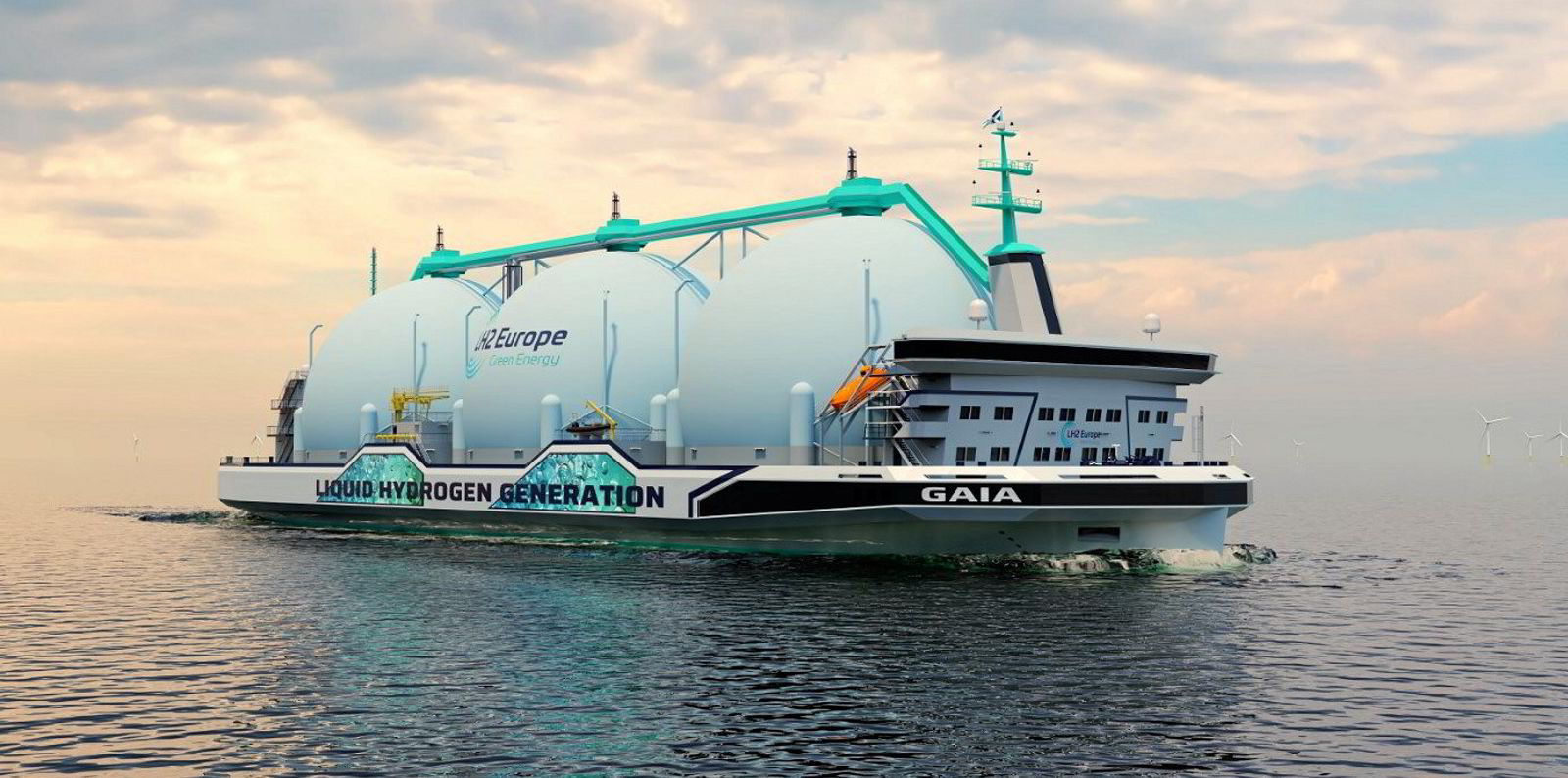Achieving shipping’s 2050 net zero-emission goals will require all of the world’s current renewable energy production to create the green fuels needed for the global fleet, a report highlights.
“Shipping’s fuel needs would require electricity from renewable sources to increase by up to 3,000 terawatt hours [TWh],” the report commissioned by the International Chamber of Shipping (ICS) said.
That is equivalent to today’s global clean generation capacity, which means the world would need an 18-fold increase in existing renewable production, according to the International Energy Agency’s net-zero-emissions scenario for 2050.
However, the report, “Fuelling the Fourth Propulsion Revolution”, by Professor Stefan Ulreich from Germany’s University of Applied Sciences, said shipping’s demand for renewable energy would create an “enormous opportunity” for investors and governments.
Production facilities for alternative fuels would need to be built near ports and bunkering hubs, it said.
Regions such as Latin America and Africa are expected to have a more than 20% lower cost of production and transport for green fuels due to their abundance of solar and wind power, it added.
Production cost differentials of hydrogen-based fuels are expected to range from €72.60 ($75.60) per megawatt hour (MWh) to €156.40/MWh across the world in 2050.
Algeria, Argentina, Australia, Chile and Morocco have already started to develop plans.
The report said estimates of a production potential for 10,000 TWh for net-zero-emission fuels in coastal regions worldwide make a case for immediate investment.
But corporate research and development investment for maritime decreased from $2.7bn in 2017 to $1.6bn in 2019, according to the IEA, even though ships will be needed to transport green fuels.
“While governments are beginning to realise the need to transition to fuels like hydrogen, little thought to date seems to have been given to how they will actually transport those fuels,” Ulreich said.
Stuart Neil, director of strategy and communications at the ICS, added: “Shipping will be a key enabler of the global energy transition, providing cost-effective and flexible solutions to transport at least half of the net-zero-carbon fuels traded around the world.”
The IEA’s 2050 calculations estimate that global electricity demand will need to increase to 60,000 TWh, up from a current 23,230 TWh. Electricity demand for hydrogen production, including synthetic ammonia, is expected to be 14,500 TWh by then.





